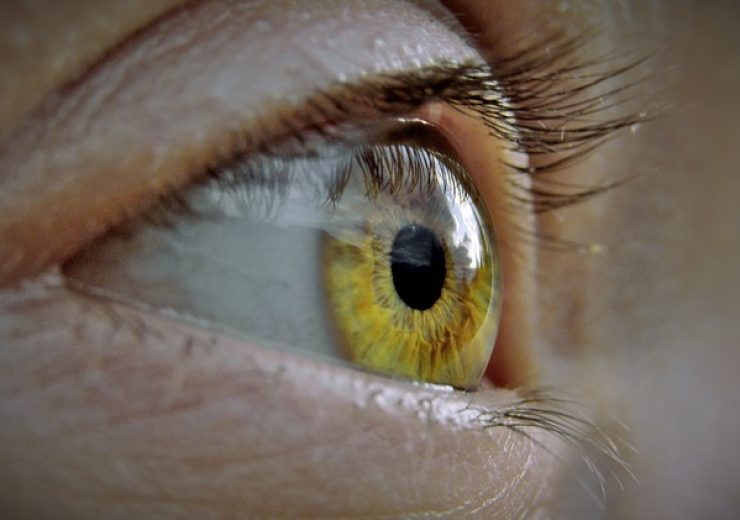Both firms will develop and commercialise Olympic Ophthalmics’ iTEAR 100 device in Greater China, South Korea and ASEAN countries

The iTEAR 100 is a non-invasive and drug-free neurostimulation device developed to treat dry eye disease. (Credit: Daniel Roberts from Pixabay)
Chinese clinical stage specialty ophthalmology firm Arctic Vision has entered into an exclusive licencing agreement with US-based medical technology company Olympic Ophthalmics for iTEAR 100 device.
Under the deal, the firms will develop and commercialise Olympic Ophthalmics’ iTEAR 100 to treat dry eye disease (DED) in Greater China, including mainland China, Hong Kong, Macau and Taiwan.
The product will also be commercialised in South Korea and ASEAN countries such as Brunei, Cambodia, Indonesia, Laos, Malaysia, Myanmar, the Philippines, Singapore, Thailand and Vietnam.
DED is a multifactorial chronic disease of the ocular surface indicated by a loss of homeostasis of the tear film. It may result in discomfort and visual impairment.
Olympic Ophthalmics founder and CEO Dr Michael Gertner said: “We look forward to collaborating with Arctic Vision to develop and commercialize iTEAR 100 in Greater China, South Korea and ASEAN countries.
“Through our team of entrepreneurs, clinicians, and investors with deep expertise in ophthalmology, neuromodulation, and medical devices, we are bringing a new class of neuromodulation technologies to eye care.”
The iTEAR 100 is a non-invasive and drug-free neurostimulation device developed to treat DED.
In May last year, the US FDA granted a De Novo request for iTEAR100, a prescription neurostimulation technology to temporarily increase acute tear production in adults.
The neurostimulator, which stimulates tear secretion through non-invasive stimulation of the external nasal nerve, provides immediate relief with natural tear production and increases the level of basal tear secretion.
Neurostimulation will also help enhance the secretion function from the meibomian glands.
Arctic Vision stated that the iTEAR 100 demonstrated sustained tear production and improvements in symptomatology with favourable safety and usability in the pivotal study.
It is designed as a stand-alone, pocket-size device requiring only a 30 second or less application to the skin of the external nasal region.
